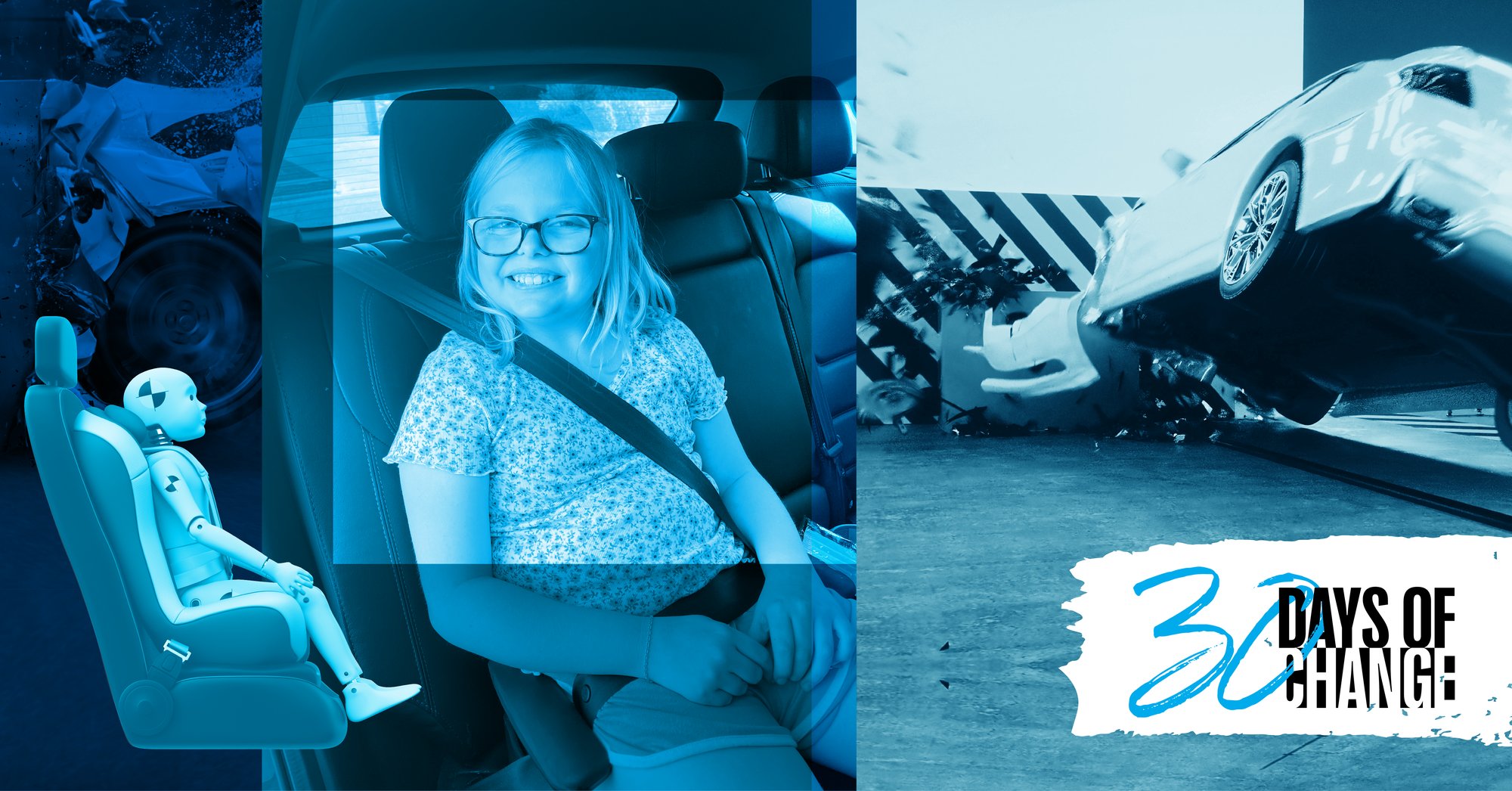
Buckle Up for Change: A Deep Dive into the Success Story of Seat Belt Advocacy
Everyone wants a safer, healthier world, but it can feel overwhelming to see how we achieve it. We have so many opportunities for behaviors to target as we affect change, from healthy habits to smoking to violence prevention to road safety. All of these areas require long-term, sustained work to push toward a large-scale change, but change is possible.
As a marketer who works in behavior change regularly, I like to look at these examples of societal change as a reminder that we can make the world a better place. In some cases, it’s one seat belt click at a time.
Seat belts may seem like a common safety tool now, but they’ve only been used widely in the last few decades. As recently as 1981, only 11% of Americans were using a seat belt, a sobering statistic that undoubtedly led to higher fatality rates on the roads. To tackle the issue, organizations joined together through media messages, economic impact and policy change.
In 1984, New York became the first state to pass a mandatory seat belt law, which was met with a large degree of pushback from the public. In 1985, the iconic “Vince and Larry” crash test dummy public service announcement campaign was launched, telling everyone how they “could learn a lot from a dummy.” By 1996, nearly every state had adopted a seat belt law. By 2010, the seat belt rate rose to 85%, a nearly 7x increase in this lifesaving practice in just 30 years.
The nation used the behavior change model we deploy here at VI, and it worked. Surveillance data on seat belt usage and car crash fatalities identified the issue and brought it to national attention. Vince and Larry leveraged emotional appeals to raise awareness about the issue. Financial pressure from the insurance industry helped make the cost/benefit analysis tip in favor of seat belts. The model worked, and it saved lives.
This case study reminds me of one other thing: there’s still work to be done. Seat belt laws don’t protect kids, who are generally subject to a patchwork of other laws about child passenger safety. Car crashes are still a leading cause of death for children. The right car seat can be a critical safety tool, but it’s still hard for parents to know not only the applicable laws, but also the best way for them to protect their kids.
Through 30 Days of Change, we’ll learn more about how parents can make a difference for their kids, one car seat at a time.








